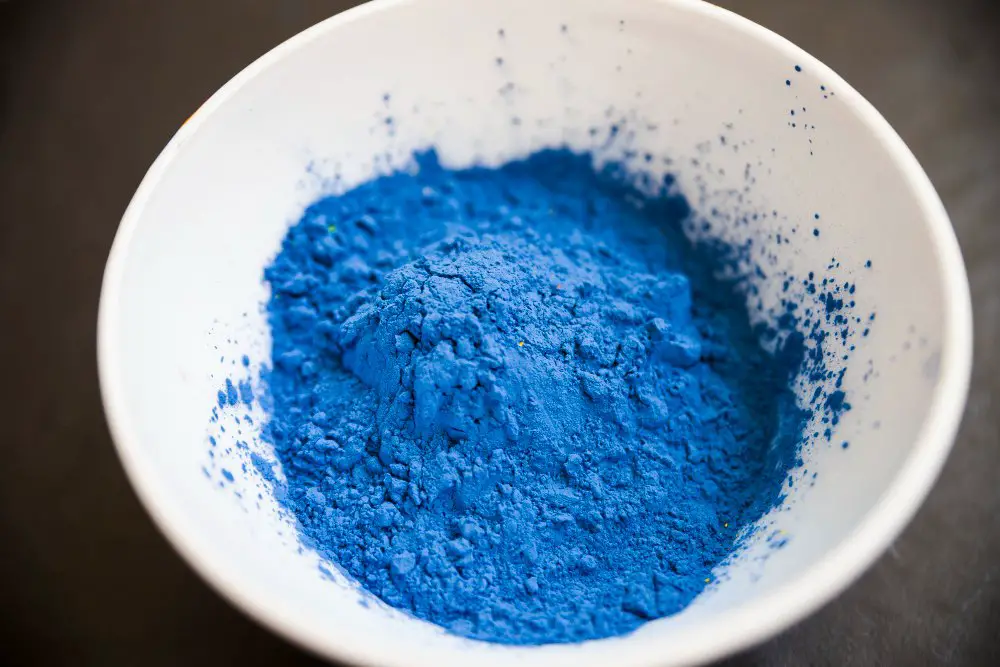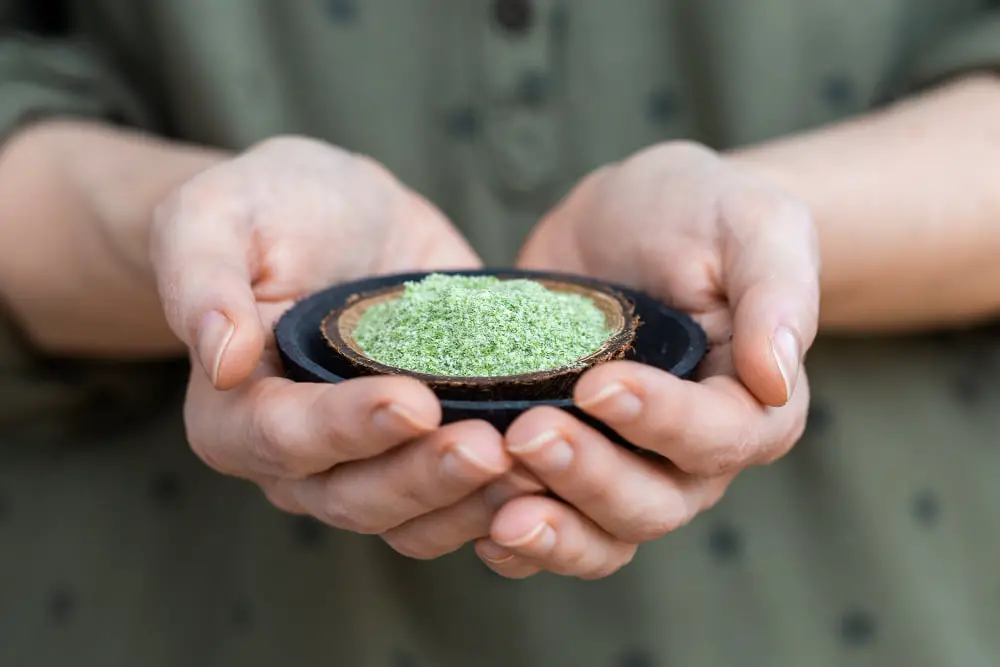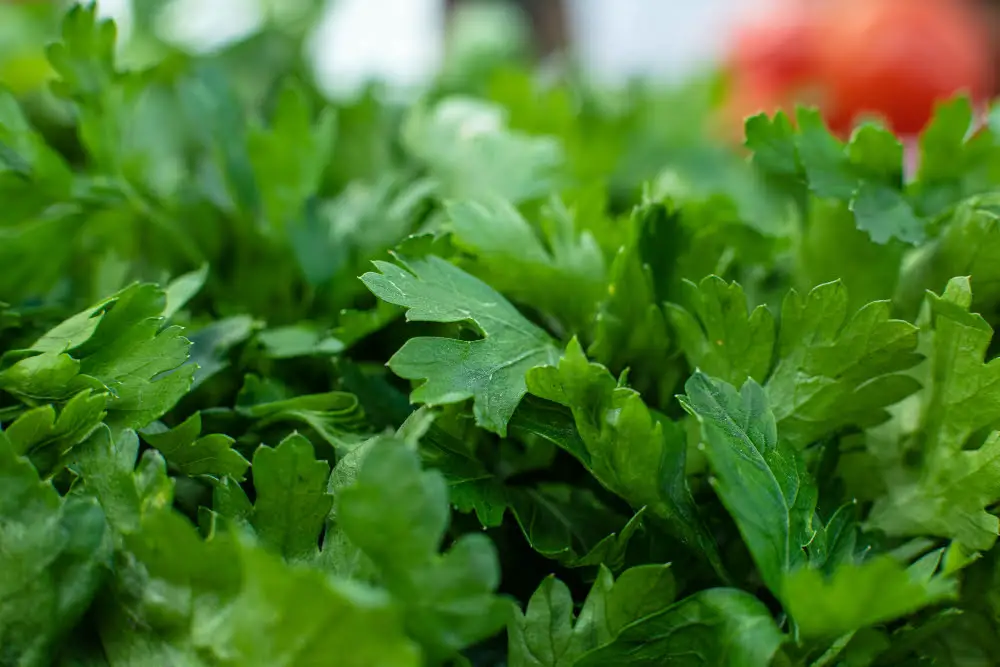If you are searching for a superfood that can be nourishing and colorful to attract even kids, you should try Blue Spirulina (Arthospira platensis). It is a blue-green alga that grows in ponds, freshwater lakes, and alkaline waterways. With incredibly high nutritional value, which can replenish deficiencies in our body, it comes with the pigment phycocyanin that imparts a vibrant blue color, helping you make instagrammable recipes. Unlike green spirulina, which has a fishy taste, it is nearly tasteless and suitable to be added to food items without altering their taste.
With the increase in demand for plant-based superfoods and people becoming aware of the drawbacks of chemical supplements, it can be considered the future superfood for its excellent nutritional and health benefits. Even NASA and the European Space Agency have recommended this superfood for space travelers. So here in this blog post, I will share the differences between blue and green spirulina, its nutritional and health benefits, and some side effects and precautions to take while using it.
differences between blue and green spirulina
| Blue spirulina | Green spirulina |
|---|---|
| It is simply the pigment-protein complex phycocyanin extracted from blue-green algae by rupturing or breaking their cell walls with the help of specific chemical compounds under a particular temperature. Its phycocyanin pigment is a food additive because of its natural blue color. |
Green spirulina is the whole cell algae processed into edible form. Green spirulina is a natural food source, and apart from phycocyanin, it also contains chlorophyll. |
Nutritional benefits of blue spirulina
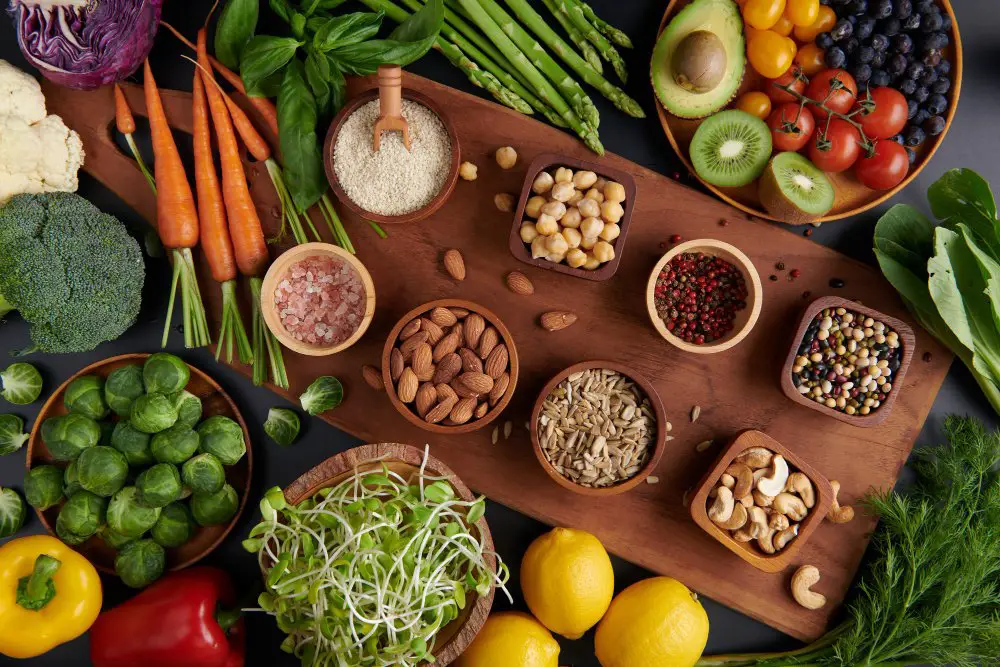

Rich in protein and amino acids
A. Platensis, or the phycocyanin collected from Mexico, contains 60% protein. Its protein content was similar to meat, eggs, soya beans, and milk. In contrast, its protein is easily digestible as it does not contain cellulose or a cell wall. A high protein content makes it suitable for vegans and athletes to include in their diet.
Low in carbohydrate and fat
Phycocyanin contains 28.5% carbohydrates and 2.65% fat. A low fat and carbohydrate content makes it ideal for Weight Watchers and for having speedy weight loss.
rich in Omega 3 and Omega 6
The phycocyanin in blue spirulina is rich in Omega-3 and Omega-6 fatty acids. These fatty acids are essential for bone development and the brain’s functioning.
Good source of Vitamin B
Vitamin B is crucial for proper metabolism and body functioning. They are required for blood, skin, and brain cell synthesis. Blue spirulina is rich in vitamin B, which makes it ideal to have it as a dietary supplement.
High in antioxidants
The phycocyanin in blue spirulina is an excellent antioxidant that helps prevent liver damage and nerve damage by scavenging free radicals from them. It is nearly three times more potent as an antioxidant than blueberries. Being anti-inflammatory, it reduces and inhibits tumor growth and is being studied and researched for its use in cancer treatment.
Rich in micronutrients
Blue spirulina is rich in micronutrients as well. It contains calcium 26 times more than that in cow’s milk. It is also rich in iron, copper, potassium, manganese, zinc, and magnesium. These micronutrients are more digestible and assimilable when compared to other supplements.
Health benefits of blue spirulina
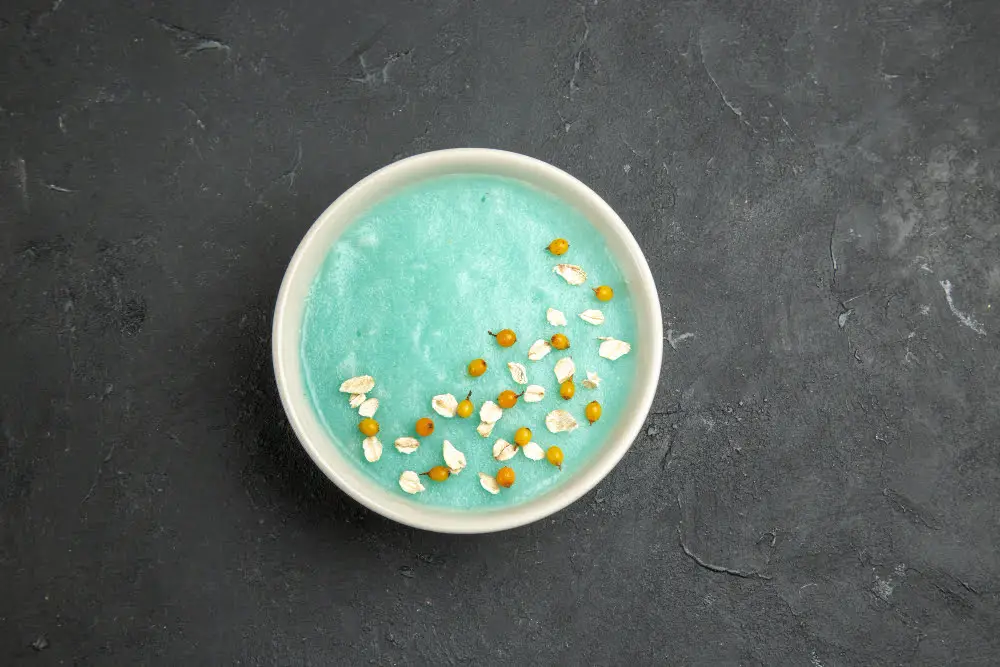

boosts stamina in athletes
With high protein content and rich in vitamin B, blue spirulina helps improve athletes’ stamina and endurance. It replenishes exhausted muscles after an extensive workout, thus preventing muscle fatigue and damage. Its high iron content further aids in better oxygen supply to muscles.Its antioxidant property scavengers the free radicals produced during workouts, thus preventing exercise-induced oxidation.
Helps in weight loss


High protein and low-fat content make it ideal for a weight loss regime. A diet high in protein keeps the stomach full for a longer time, thus preventing binge eating. It also increases body metabolism, thus further enhancing weight loss and muscle toning.
helps In lowering blood pressure
The blue pigment phycocyanin is found to have an anti-hypertensive effect. A study indicates that phycocyanin releases nitric oxide, which helps to dilate and relax blood vessels. Another study hypothesized that phycocyanin from blue spirulina has anti-hypertensive action by improving endothelial dysfunction in metabolic syndrome in rats.
a good body detox


The nitrogen atom present in the phycocyanin pigment of this blue-green algae can bind with heavy metals in our body and thus help detoxify our system. The body’s unsafe concentration of heavy metals leads to disrupted biochemical and biological processes, leading to various diseases and disorders.
Helps in restoring a healthy gut microbiome
Did you know that taking care of your gut health can have a positive impact on your overall immunity? By avoiding sugary processed foods that can worsen yeast infections and incorporating blue spirulina into your diet, you can help restore your gut microflora and prevent digestive upsets like ulcerative colitis and Crohn’s disease. Make small changes to your diet today to promote a healthier and happier you!
For a healthy heart
Incorporating blue spirulina into your diet can offer various health benefits, particularly in promoting a healthier heart. This natural supplement provides a generous amount of antioxidants and dietary fibers, which have been scientifically proven to reduce the levels of bad cholesterol in the body effectively. By consuming blue spirulina regularly, you can significantly improve your heart health and maintain a healthier lifestyle.
Side effects and precautions
Blue spirulina is generally safe for people unless it is adulterated with some heavy metals. To date, this algal extract has no reported drug or supplement interaction. However, a person allergic to seafood and algae should avoid taking it as it can cause allergic reactions like vomiting, swelling, itching, or shortness of breath. Pregnant and breastfeeding women should generally avoid taking it or consult their doctor before including it in their diet.
Last impressions
Blue Spirulina is a versatile ingredient that can help both struggling moms and professional chefs achieve their goals of creating healthy and visually stunning recipes. With blue spirulina, you’ll find that all that glitters truly is gold.
Hope you find this post useful!
If you want to read more of our content, please visit our blog
Featured Image by Freepik
DISCLAIMER – The tips provided are for informational purposes only and do not constitute professional advice.
